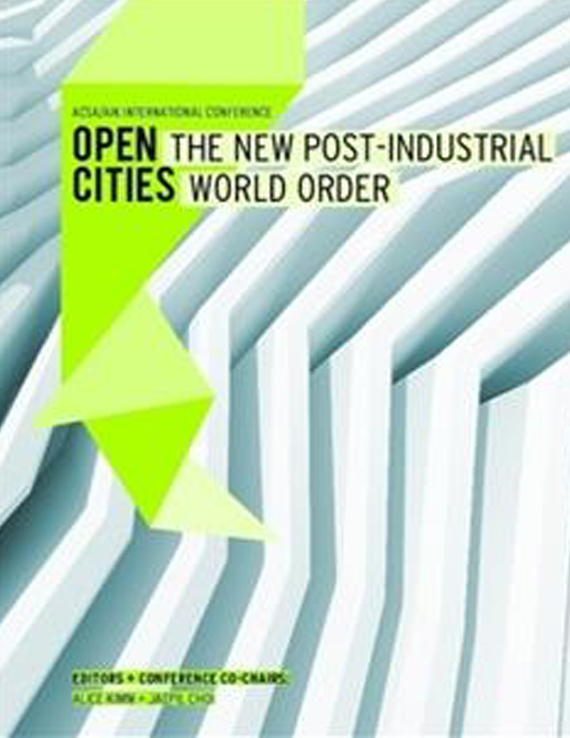Author(s): Ufuk Ersoy
In these days, the dependence on non-renewable energy sources and the relatedecological crisis have come to occupy public consciousness. In popular culture,environmental anxieties have lead many to instantly dream of a ‘more natural’future, and have urged many architects to reconsider the dualisms of inside/outsideand natural/artificial at the center of modern thinking. In response to thispervading phantasmagoria of green architecture, this paper calls back a seminalparadigm at the roots of modern architecture: the Crystal Palace designed andbuilt by the gardener Joseph Paxton in 1851. Different from the historical accountswhich have generally described the building as the outstanding milestone in thedevelopment of dry construction methods and frame structures, this paper willcall attention to Paxton’s overlooked gardening background. In particular, thepaper will examine Paxton’s ambition to imitate nature and to bring it into theindustrial city. In methodological terms, using Michel Foucault’s theory of ‘heterotopia,’the paper will suggest an alternative reading of the Crystal Palace far formtechnological determinism.Paxton himself admitted that the idea of the Crystal Palace derived from the LilyHouse he had constructed in 1850. In the Lily House, the gardener was attracted tothe fictive opacity of glass. For him, the transparent glass envelope was an instrumentto measure and control the physical qualities of interior space. It allowedhim to reinterpret the act of ‘cultivating’ as an artificial gesture which convertednature into a complete work of art. In other words, the transparent glass enclosureenabled Paxton to pass over the material aspects of reality in order to achieve acontact with the natural truth and to manipulate it. But, In his Lily House experiment,Paxton was not interested in a continuity between inside and outside, or natureand society. Rather, the main objective of the hothouse was to transcend thelocal conditions; it was a ‘natural fiction’ built to relocate and regenerate unknownspecies collected from distant places. Read from a Foucauldian standpoint, thehothouse deserves to be called a heterotopia; it was a gap isolated from its contextto serve both to control and to represent its ‘foreign’ occupants. Unsurprisingly,the Crystal Palace was similarly built to safely exhibit two strange entities of theperiod: industrial objects and distant cultures. Investigating the fictive role Paxtonassigned to transparent glass, this paper does not only intend to reveal the heterotopicnature of the nineteenth-century hothouse, but also prepares the ground forthe criticism of the contemporary trend associating transparent ‘biospheres’ withthe notion of environment-friendly architecture.
Volume Editors
Alice Kimm & Jaepil Choi
ISBN
978-0-935502-91-6

 Study Architecture
Study Architecture  ProPEL
ProPEL 
